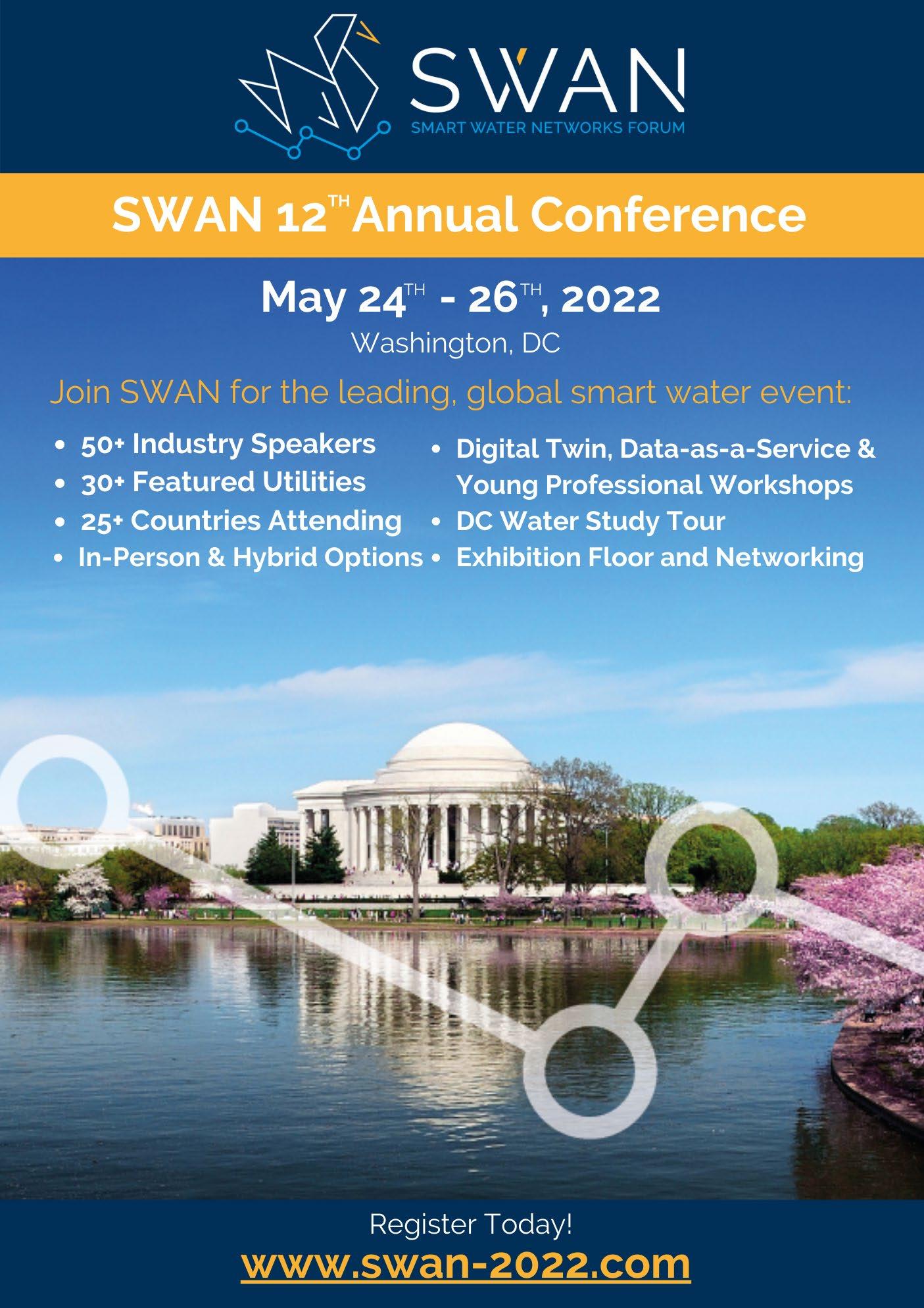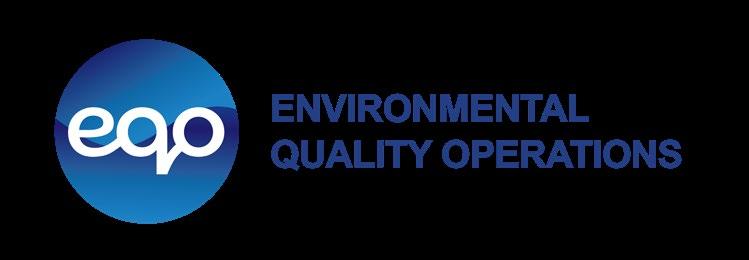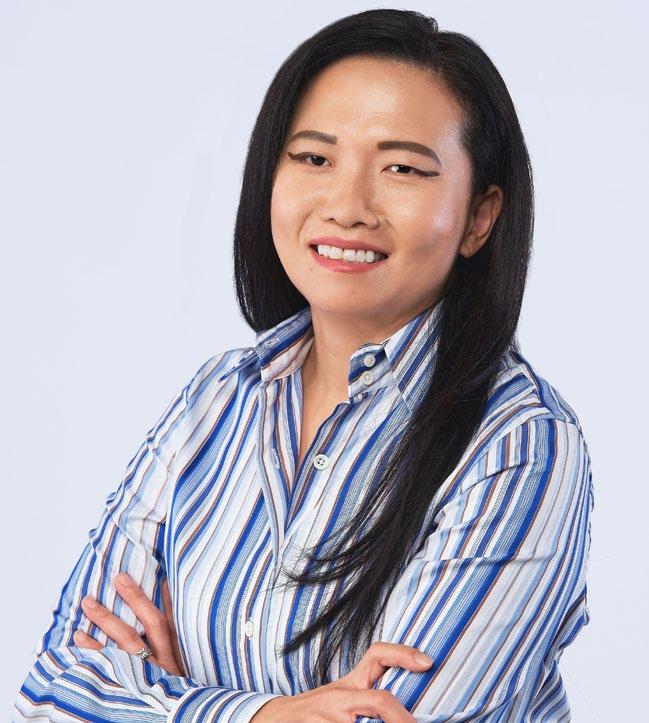
9 minute read
An inflection point in tech investment has arrived
Erika Schwarz Taylor, PhD
Co-Founder, EQO
Advertisement
1. What inspired you to start your company? 3. What are your goals for your company?
My goals for the company are for it to fulfill its mission to utilise technology and science to I have a unique background in both solve the biggest problems facing aquatic marine biology and genome evolution. ecosystems. Some of the greatest challenges With my marine biology background, I include invasive species that destroy food created molecular probes for toxic algae webs and infrastructure, classifying and and got to spend a lot of time looking at protecting endangered species, and marine and freshwater organisms under monitoring threats to water quality for more the microscope. With my genome informed decision-making by managers and evolution background, I sequenced whole water rights holders. genomes and spent a lot of time at a computer assembling and analysing genomes. I was always 4. What steps are you taking to encourage women’s intrigued by how much data could be produced using next growth within your organisation? generation sequencing and wanted to take that technology and EQO staff is equally split, 50% female and 50% male. We value apply it to aquatic environments to find out more about the diverse and complementary skill sets that prove to generate the communities of organisms and their proportions in an best performance while maintaining a friendly and fun ecosystem. I felt like there was so much information we could environment. In our organisation and beyond we believe in the gather to give us insight into what’s happening if we generated power of mentoring. I’m personally a mentor to young women and mined the right data. In the last year of my PhD program, I in biotech and it’s one of the most enjoyable parts of my career. was looking on LinkedIn for anyone that utilised the two pronged approach and I came across John Higley. He was creating probes for zebra mussels in our area so I reached out to him to learn more. John wrote me back and we met for a lunch to talk about his work and the possibilities of adding a next generation approach. After meeting we realised our skills were complementary to one another and, together with two other people, we ended up cofounding EQO, Inc.

We are addressing the challenge of early-stage detection of endangered, invasive, and harmful species in aquatic ecosystems. Currently, technology used by municipalities, governmental agencies, and engineering and environmental firms to detect species of interest is rudimentary. Current methods focus on using environmental DNA (eDNA) and does not provide information on whether the species sampled are alive or dead. EQO’s technology can capture, preserve, and probe environmental RNA (eRNA) allowing us to assess what is currently in the water and tell us if it’s alive or dead. eRNA breaks down quickly in the environment and until now has been very hard to capture. However, with our automated sampler that also preserves samples as they are filtered, utilising eRNA has become the gold standard in early-stage detection. 5. What are your hopes for the future of women in technology?

Women have so much to contribute to the field of technology. I want them to have confidence and understand their value. Additionally, I want them to utilise their skills in a field that makes them happiest and feel fulfilled.
Website: eqo.life
Jennifer Kim
Founder & CEO for SEUNwater
1. What inspired you to start your company?

I had recently moved from Chicago to Central Valley, California. My young daughters and I would visit these small, quaint towns near where we lived in Fresno, the fifth largest city in California. We would often read signs in these towns that warned, “you can drink the water, but it might give you cancer.” These strange signs led me to do research and I found that many of these towns, where our most marginalised communities lived and worked, had dangerous levels of nitrates, lead, arsenic, and uranium in their drinking water. It occured to me that technology did indeed exist to mitigate and help all these issues, it just was not being applied where it was needed. During the pandemic the problem became even more alarming to me because our frontline workers at these farming towns were being charged for water twice. Once for water from their taps that was undrinkable for children and a second time for bottled water. During the pandemic I decided to pivot my IoT water monitoring platform to specifically address these marginalised communities. I wanted to bridge this glaring technology gap in these towns and make water equitable for these important communities.
We have created a platform that utilizes various technologies and created a continuous water monitoring platform. It’s like the security system you have for your home to protect you and your family, except for water. IoT, edge computing and Hedera Hashgraph combine to create the fastest and most secure solution for your water data which will alert you when there is a potential problem. In the future, more water data means more ways to predict possible outbreaks and unintended water loss. We are creating “proof of water.” That is, providing data and proof that your water is indeed safe and that the supply is always secure.
3. What are your goals for your company?
We would like to be able to help as many marginalised communities as possible on a global scale. We want to maintain the affordability of our platform and offer it to those who need it the most FIRST. I’ve been told that we should be offering our platform to larger cities and wealthier communities but this does not allow us to fill these gaps that many of the smaller communities need in order to be safe and have clean, drinkable water. 84% of all water utilities in the USA are considered small, there is a lot of work to do but we are definitely up for the challenge. A second goal I have for this year is the successful launch of a new product we are releasing that will enable communities and organisations around the world to monetise their energy savings when they make cleaner choices to purify their water. This will assist small communities globally, allow corporations to purchase these credits to offset their own carbon use, and help to create a more equitable and sustainable world.
I often speak at technology events to encourage all companies everywhere to hire more women and to create a healthy culture so that women have a safe working environment. I also enjoy mentoring women - I have over two decades of professional experience and a lot to share. Recently, I was honored and privileged to be chosen to manage a grant fund specifically for female founders by the HBAR Foundation and I plan on helping many women achieve their technology goals and fund their amazing ideas!
Currently, only 17% of all people who work in technology are women. It is my hope that in the future we can increase that percentage through education, encouragement and most importantly, funding. Many female led projects are at a clear disadvantage when it comes to fundraising and I would like more investors to really make an effort to fund more women and to be diverse and impactful with their portfolios. By funding more women, we not only close this gender gap but we also bring a new level of innovation and products to the world. Women are incredible and I hope that everyone can benefit from all the hard work that they can bring to technology.
Website: seunwater.io
Julie Bliss Mullen
CEO, Aclarity
1. What inspired you to start your company?
As a college student active in Engineers Without Borders, I spent part of my summers in a rural community in Guatemala whose residents suffered from health issues due to water contamination. I saw first-hand that access to clean water would transform the community’s overall quality of life and decided to dedicate my life to solving water quality issues around the world. As a PhD Candidate, my goal was to evaluate new and innovative water treatment technologies to solve various water quality issues such as PFAS. The industry needed a new technology that wouldn’t concentrate compounds to send back into the environment, and I became dedicated to developing a solution to destroy harmful contaminants at a price point the industry would accept-- thus, Aclarity was born. 3. What are your goals for your company?
Aclarity is simplifying and revolutionising water treatment. My main goal is to reduce cancer rates by destroying harmful contaminants such as PFAS, eliminating their introduction into the environment. Goals for this year include growing the best team to deploy two customer systems to destroy contaminants on-site for a less than one year customer payback.
As a female CEO, engineer, and Mom, it is so important to be a role model to young women to encourage them and pursue their personal and professional dreams. I make it a priority to mentor our young women - they mentor me as well - and ensure their voices are heard every day. We offer paid parental leave for both women and men, making an effort to normalise family time and professional growth for all. As we grow, I continually make sure that all women at Aclarity have equal access to leadership positions, promotions, and extracurricular opportunities to reach their own goals.

My hope is that women are equally respected, feel comfortable with, and have access to achieving their professional goals at equal pay grades to men within technical industries. I want to see 50/50 representation of women and men in water, especially in leadership roles, and increased women of color. I also hope that dual parenting and working becomes normalised, having seen and experienced first-hand that working Moms are some of the hardest workers I have ever encountered. The more women young people see in technical and leadership roles, the more common it will become for all.
Our system destroys PFAS in wastewater streams. PFAS compounds are in the blood of 98% of Americans, are toxic, and are linked to various cancers. A major source of PFAS comes from landfills where PFAS-laden materials are disposed of, leached, and re-entered into the environment in the effluent of wastewater treatment plants. The existing technologies to remove PFAS from water and wastewater concentrate the compounds for disposal to landfills and incinerators. Existing and impeding regulations are driving the need for cost-effective permanent destruction of these chemicals to avoid environmental and human health exposure. Website: aclaritywater.com











